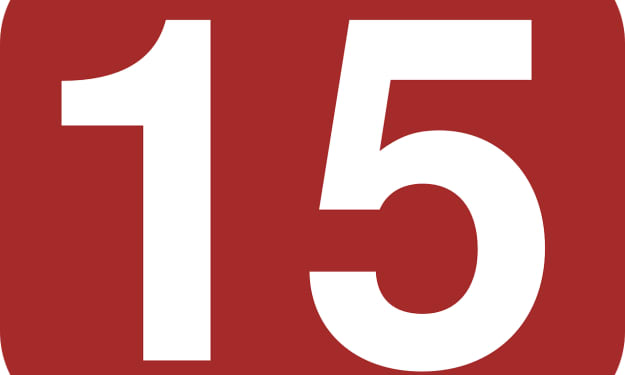En Francais
A language course of the past

Anyone who has a grandmother with an apron as armor and a ladle brandished like a sword may have noticed that the legendary Artusi has now been replaced in the kitchen by the books of “La prova del cuoco”, under the Eri Rai brand. Eri is the publishing brand under which Rai publishes books, magazines and multimedia products associated with its programming, churning out an average of fifty texts a year and defines itself as “Rai to be read”.
The beginning of Rai’s publishing activity dates back to January 1925, with the publication of the weekly “Radio Orario” which carried the programs of Italian and European radio stations. In 1930, “Radio Orario” with EIAR became the Radiocorriere and in 1954 the Radiocorriere TV.
On September 15, 1949, the company ERI Edizioni Radio Italiana was established and produced many series. They ranged from art to literature, from children’s books to language courses. Authors of the caliber of Emilio Cecchi, Carlo Emilio Gadda, Mario Praz, Folco Quilici, Natalino Sapegno, Giorgio Saviane, Giani Stuparich, Demetrio Volcic wrote for Eri. Specialized magazines were added to the Radiocorriere, including “L’approdo letterario” and “L’approdo musicale”.
Since the 90s Eri has published the books of the most important broadcasts and journalistic reports by Enzo Biagi, Bruno Vespa, Sergio Zavoli, Piero Angela, Antonio Caprarica. In 1996 it sold the publishing business to the parent company Rai.
In particular I want to refer here to a period in which Rai was still diligently fulfilling its task of public function, of mass literacy, of popular education.
In 1970, a book was published which was closely linked to a show that was followed by adults but also by some curious and precocious children. The text was entitled En Français, it was a co-edition with Le Monnier, and was linked to the language course of the same name, based on a series of pedagogical films produced by the French Ministry of Foreign Affairs for language teaching in the world.
It was an era in which French still competed for supremacy with English as an indispensable foreign language, although English was beginning to have that winking glow of modernity that fascinated us so much, linked to swinging London, the Beatles and the miniskirts by Mary Quant.
The book was divided into two volumes, reporting the dialogues of the micro films of the broadcast, small sketches set in traditional France. There was an interlude in which the lexical content of the text was illustrated and a subsequent part in which the words were placed in a more modern context. Then followed linguistic and grammatical exercises.
“Neither the broadcasts nor the book”, it is explained in the introduction, “are intended to teach grammar. The exercises themselves are not grammatical exercises, but tend, through repetition, to the “fixation” of the studied forms.”
Even with great caution, we can find here the core of modern language teaching, which is no longer based on learning grammatical rules, but on immersion with the contextual use of linguistic formulas. In my opinion, this method, subsequently taken to the extreme consequences, has created more harm than good, preventing the deconstruction of sentences, logical and grammatical analysis, the distinction between subject, predicate and complement, bringing learning back to a pre- rational raking of set phrases, valid for those who really work in a context of full immersion (or for very young children with plastic brains) but not in the few, hurried hours granted by the ministry to the teaching of foreign languages.
The French course was broadcast in the early afternoon and united adults and children, the mothers followed it dusting off school memories, the boys liked the skits — between sheep and village fairs, between country restaurants and cooking recipes — looking at them they absorbed words and idioms, fascinated by the ironic stories, by daily life, by the little boy who in the intermède turned the boxes of the picture with movable panels.
At the end of each lesson, there was no shortage of pieces written in Italian (to be well understood by everyone) on contemporary France, aimed at attracting international tourism, perhaps denouncing what was, in reality, the real purpose of the commendable initiative. But that doesn’t interest me, I like to remember the anxiety with which I waited for the broadcast to begin after lunch, the joy with which I picked up the big book associated with it — a heavy white tome edged in yellow with the profile of France on the cover — the satisfaction when I was able to understand all the passages that I found written after hearing them on television, arriving at reading them, pronouncing them correctly, remembering them, making them a personal heritage from which I would then always draw.
In short, the French course Eri Rai (Le Monnier) belongs to that wealth of knowledge that, once acquired, will never leave me for life.
About the Creator
Patrizia Poli
Patrizia Poli was born in Livorno in 1961. Writer of fiction and blogger, she published seven novels.






Comments
There are no comments for this story
Be the first to respond and start the conversation.